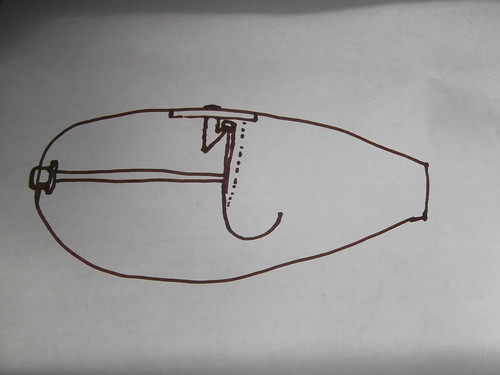- Joined
- May 6, 2014
- Messages
- 17,422
- Reaction score
- 16,409
Really miss Gary Brumfield, he was lost to us much too early. This is from his old website:
"A 1773 Letter written by Christian Oerter, gunmaker of Christian's Spring, to Martin Bauer, friend and customer in Lancaster County PA."
" Christiansbrunn, the 9th September, 1773
Most valued Friend Martin Baer,
At your request I have prepared [completed/finished] a good rifle and sent it over to Mr. John Hopson together with 4 pounds of Powder. The rifle is decorated [inlaid] with silver wire and well made, as well as tested and she shoots right well. It has a double trigger, so that you can fire with the triggers either unset or set. Between the triggers there is a screw with which you can make it lighter or harder to fire. There is also a ball puller with which you can pull the ball out no matter how rusty she gets. She costs 8 pounds all together and with the powder @ 3 shillings per pound makes twelve shillings, for a total of L8.12.-. Because it is very good powder I have added two pounds more than you requested. I hope it will suit you well. You can write me a couple lines to let me know how you like it. Together with friendliest greetings I am your faithful
friend and servant,
Christian Oerter
Gunmaker"
Gary made some very interesting comments on the letter that can be found here:
http://www.flintriflesmith.com/about_frs.htm
Gus
"A 1773 Letter written by Christian Oerter, gunmaker of Christian's Spring, to Martin Bauer, friend and customer in Lancaster County PA."
" Christiansbrunn, the 9th September, 1773
Most valued Friend Martin Baer,
At your request I have prepared [completed/finished] a good rifle and sent it over to Mr. John Hopson together with 4 pounds of Powder. The rifle is decorated [inlaid] with silver wire and well made, as well as tested and she shoots right well. It has a double trigger, so that you can fire with the triggers either unset or set. Between the triggers there is a screw with which you can make it lighter or harder to fire. There is also a ball puller with which you can pull the ball out no matter how rusty she gets. She costs 8 pounds all together and with the powder @ 3 shillings per pound makes twelve shillings, for a total of L8.12.-. Because it is very good powder I have added two pounds more than you requested. I hope it will suit you well. You can write me a couple lines to let me know how you like it. Together with friendliest greetings I am your faithful
friend and servant,
Christian Oerter
Gunmaker"
Gary made some very interesting comments on the letter that can be found here:
http://www.flintriflesmith.com/about_frs.htm
Gus
Last edited by a moderator:







